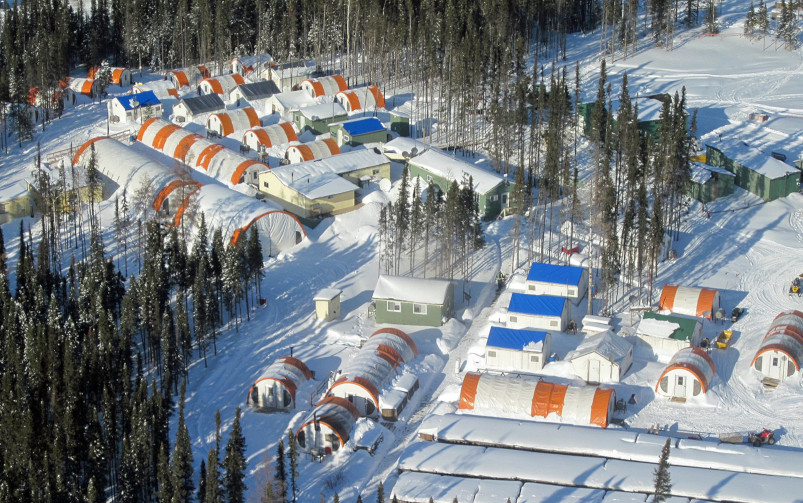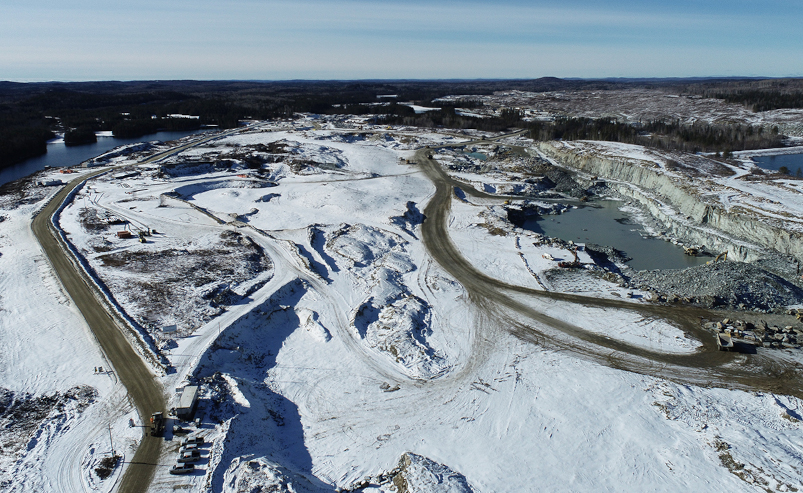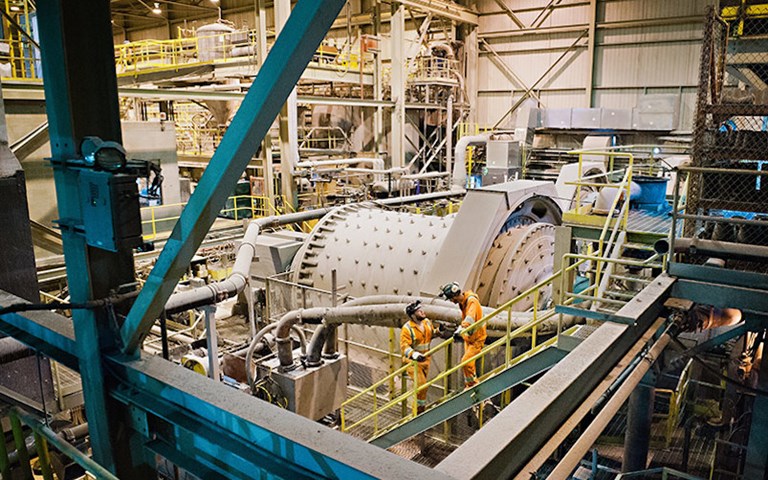The NOHFC has invested over $262 million in northern Ontario businesses since its creation in 2018, including Kirkland Lake Gold. Courtesy of Kirkland Lake Gold.
The government of Ontario has committed to overhauling the Northern Ontario Heritage Fund Corporation (NOHFC) to include four new funding programs that will help boost economic development in the region.
Created in 2018, the NOHFC has invested over $262 million in northern Ontario projects through its programs, including funding those run by miners and mine contractors such as Kirkland Lake Gold, First Cobalt and Cementation Canada. However, according to Parry Sound-Muskoka MPP Norm Miller, access to these programs was limited by complicated red tape.
“The NOHFC programs have always been a great support to northern businesses,” said Miller. “However, I have often heard about difficulties accessing them due to the onerous application process. The changes announced today directly address this concern and will greatly assist business and communities in Northern Ontario moving forward.”
Energy, Northern Development and Mines, and Indigenous Affairs Minister Greg Rickford said in a press conference on Feb. 11, that the government made a point to engage with northern communities and listened to their feedback to modernize the NOHFC’s offerings. The four new programs that have replaced previous funding options are the Community Enhancement program, the Invest North program, the People and Talent program, and the Cultural Support program.
Notably, the Invest North program is newly designed to meet the needs of businesses in all stages of their lifecycle, said John Guerard, NOHFC executive director. Businesses can apply for funding from the NOHFC if they want to either launch, grow, relocate to northern Ontario or have plans to develop new and innovative technologies.
Paul Bradette, executive director of MineConnect, an Ontario-based mining supply and services association, said the announcement is a significant catalyst for the future growth of the mining sector.
“I think the provincial government did their homework, they understood what the demands were within the sector then they delivered the programming that helped support that,” he said in an interview with CIM Magazine.
Related: The government of Canada will commit $1.5 billion towards fostering a future hydrogen economy for the country
For members of the mining supply association, the potential to expand their footprint and bring in more manufacturing capacity and capabilities would be a huge benefit earned from the potential funding. But Bradette added that investing more money in innovative projects is a major priority too.
“The uptake from our companies to leverage the funding will be fairly significant for those that are in the research and development space and for those that want to grow,” said Bradette.
If businesses want to expand, the NOHFC will assist in the form of either a mix of conditional contributions or term loans, depending on the level of investment that is applied for.
For businesses developing new innovations, the NOHFC will support the entire innovation continuums, from research and development to commercialization by supplying 50 per cent of eligible costs to a maximum cap of $2 million, said Guerard.
“People who are not involved on a daily basis in mining don’t really recognize the innovations that it takes to continue to make mining safer, healthier and more productive all at the same time,” said Bradette. “So that’s a pretty Herculean task and it’s the suppliers that make that happen, so we have a lot of innovation that needs to continue to grow.”
Some of the innovations the companies are working on in the region include digital mining, ventilation on-demand, autonomous vehicles and battery electric vehicles for underground mining applications.
If companies can get extra funding for research and development for prototype development and eventually commercialize their research, it will have a significant impact on mining suppliers’ abilities to expedite the sales of their products in the global mining market, said Bradette. He added that this type of business activity has the potential to be an important economic generator for the region and the country as well.
The mining and supply sector already employs 23,000 northern Ontarians, said Bradette, and companies that are interested in expanding want to continue hiring people, too. The People and Talent program was created to support that goal and address the skilled labour shortage by helping to attract, develop and retain a strong workforce. For example, it encourages businesses to take on both Indigenous and non-Indigenous interns (and provide them with job skills and experiences) by funding a portion of their salaries.
“We can connect young people and job seekers to meaningful careers in northern Ontario and fill the skills gap, that’s very real in limiting business growth in our traditional sectors in forestry and mining,” said Rickford.
“Northern Ontario is a mining supply powerhouse so it's good that we have available funding to further develop and ensure that we remain one of the top clusters in the world,” said Bradette.




